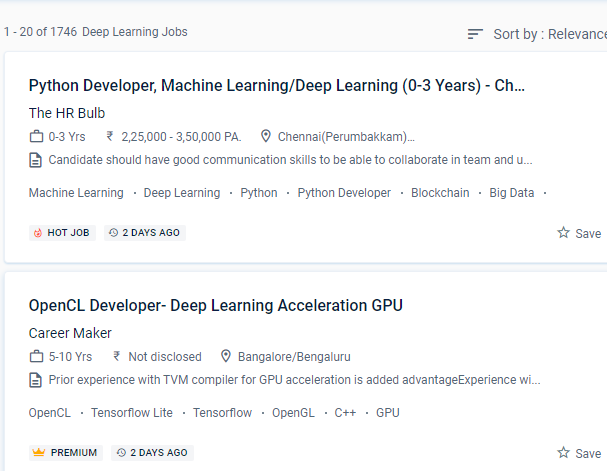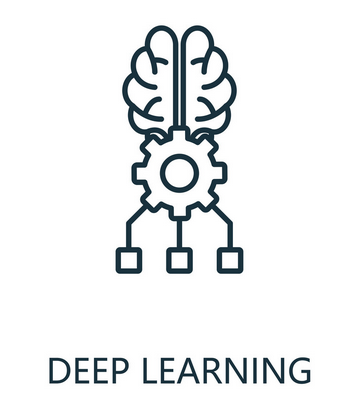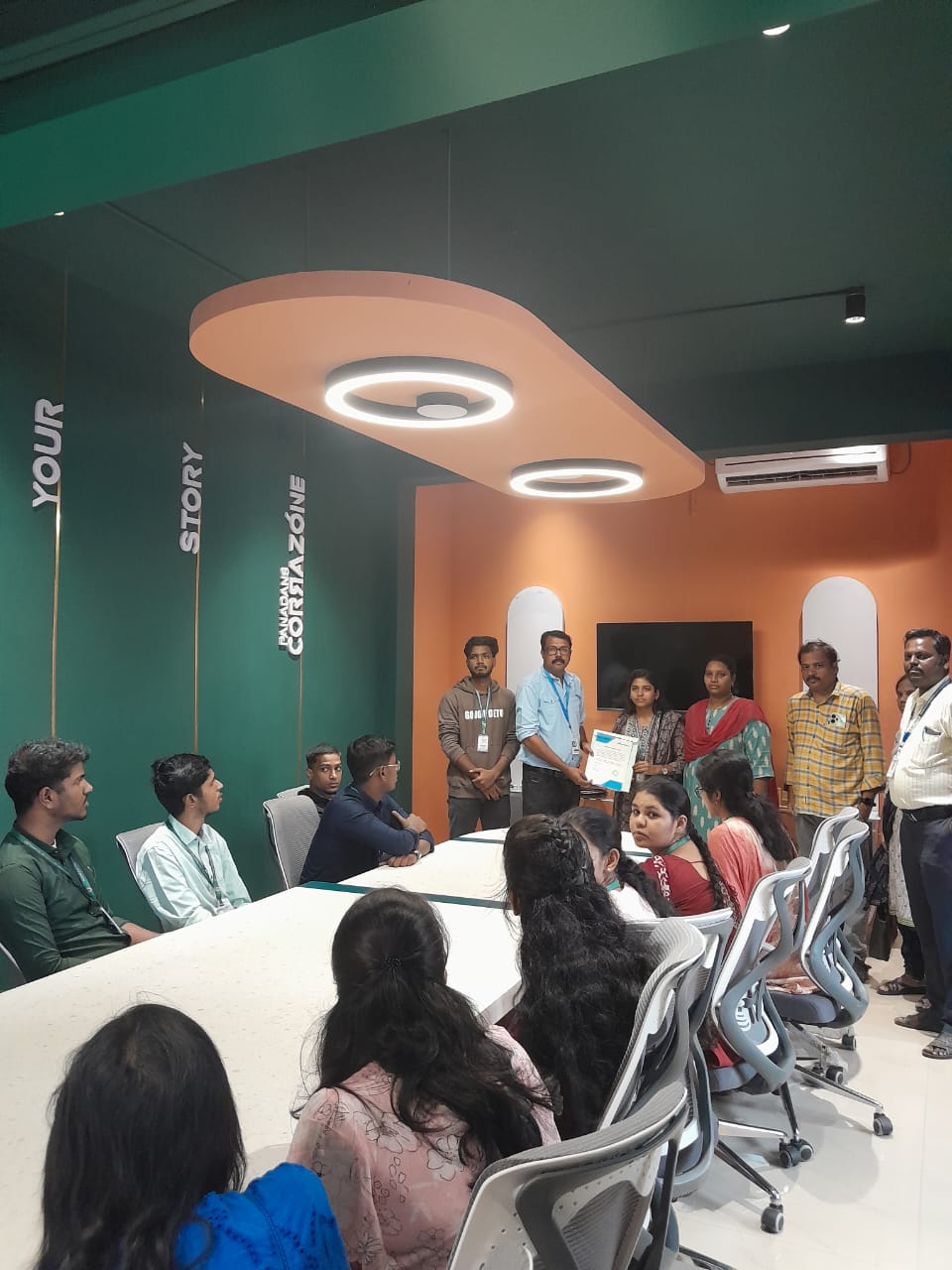Deep Learning Training by Experts
Our Training Process

Deep Learning - Syllabus, Fees & Duration
MODULE 1
- Introduction to Tensor Flow
- Computational Graph
- Key highlights
- Creating a Graph
- Regression example
- Gradient Descent
- TensorBoard
- Modularity
- Sharing Variables
- Keras Perceptrons
- What is a Perceptron?
- XOR Gate
MODULE 2
- Activation Functions
- Sigmoid
- ReLU
- Hyperbolic Fns, Softmax Artificial Neural Networks
- Introduction
- Perceptron Training Rule
- Gradient Descent Rule
MODULE 3
- Gradient Descent and Backpropagation
- Gradient Descent
- Stochastic Gradient Descent
- Backpropagation
- Some problems in ANN Optimization and Regularization
- Overfitting and Capacity
- Cross-Validation
- Feature Selection
- Regularization
- Hyperparameters
MODULE 4
- Introduction to Convolutional Neural Networks
- Introduction to CNNs
- Kernel filter
- Principles behind CNNs
- Multiple Filters
- CNN applications Introduction to Recurrent Neural Networks
- Introduction to RNNs
- Unfolded RNNs
- Seq2Seq RNNs
- LSTM
- RNN applications
MODULE 5
- Deep learning applications
- Image Processing
- Natural Language Processing
- Speech Recognition
- Video Analytics
This syllabus is not final and can be customized as per needs/updates





 Artificial neural network systems are created on the human brain in deep learning, a subcategory of Machine Learning.
Deep learning is a subset of machine learning (ML), which is essentially a three-layer neural network.
Because there is a strong demand for skilled deep learning engineers in various fields, this deep learning course in Gurgaon certification training is ideal for intermediate and advanced experts. Every day, businesses collect massive volumes of data and analyze it to get actionable business insights.
Participants in the deep learning course should have a thorough understanding of the principles of programming, as well as a solid understanding of the fundamentals of statistics and mathematics, as well as a clear grip on the critical knowledge portions of machine learning. Deep learning models in the real world could be used for driverless cars, money filtration, virtual assistants, facial recognition, and other applications. Deep learning powers a variety of AI (artificial intelligence) services and applications that automate and perform physical operations without the need for human participation. Students receive practical experience by working on real-world projects. Deep learning is a type of learning that entails Specialization in Gurgaon will assist you in learning the fundamental ideas of deep learning, as well as understanding the problems, repercussions, and capacities of deep learning, as well as allowing you to contribute to the advancement of cutting-edge technology.
.
Artificial neural network systems are created on the human brain in deep learning, a subcategory of Machine Learning.
Deep learning is a subset of machine learning (ML), which is essentially a three-layer neural network.
Because there is a strong demand for skilled deep learning engineers in various fields, this deep learning course in Gurgaon certification training is ideal for intermediate and advanced experts. Every day, businesses collect massive volumes of data and analyze it to get actionable business insights.
Participants in the deep learning course should have a thorough understanding of the principles of programming, as well as a solid understanding of the fundamentals of statistics and mathematics, as well as a clear grip on the critical knowledge portions of machine learning. Deep learning models in the real world could be used for driverless cars, money filtration, virtual assistants, facial recognition, and other applications. Deep learning powers a variety of AI (artificial intelligence) services and applications that automate and perform physical operations without the need for human participation. Students receive practical experience by working on real-world projects. Deep learning is a type of learning that entails Specialization in Gurgaon will assist you in learning the fundamental ideas of deep learning, as well as understanding the problems, repercussions, and capacities of deep learning, as well as allowing you to contribute to the advancement of cutting-edge technology.
.



















































































